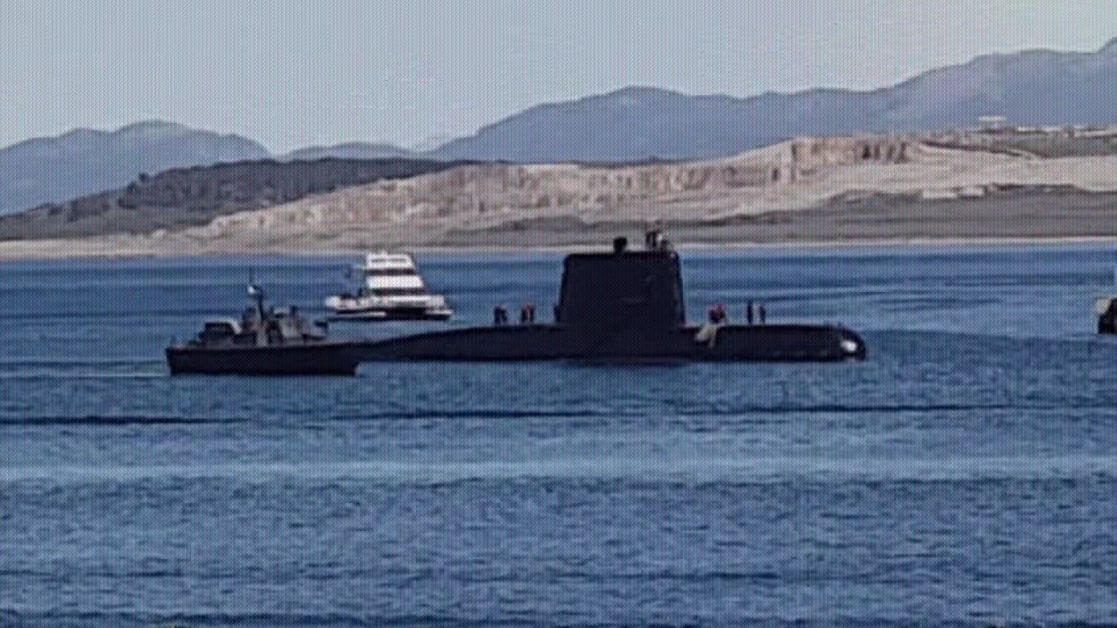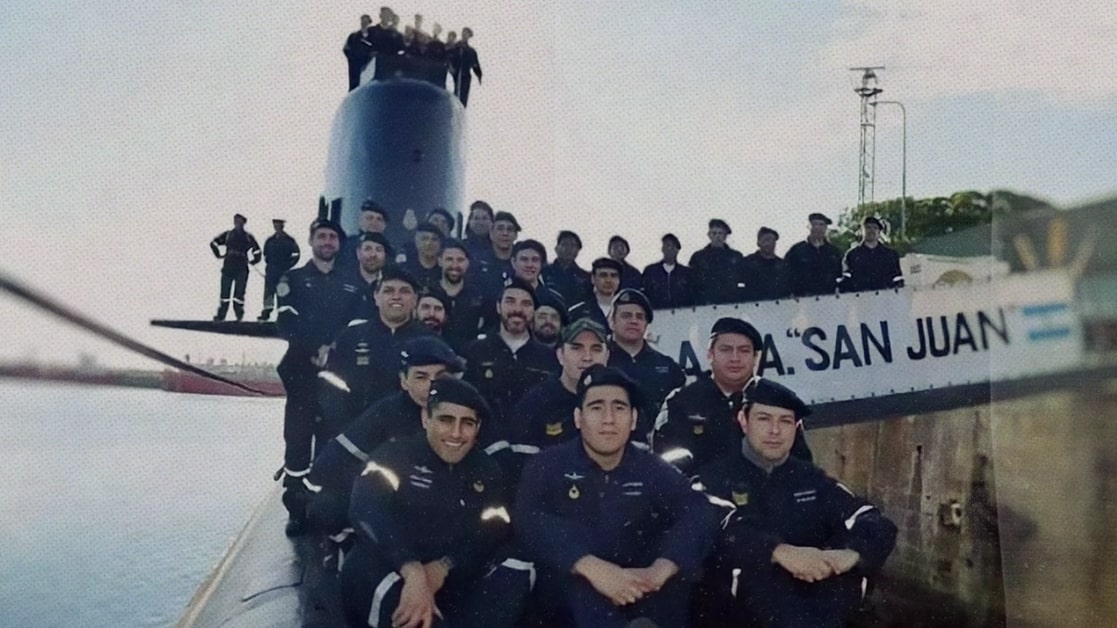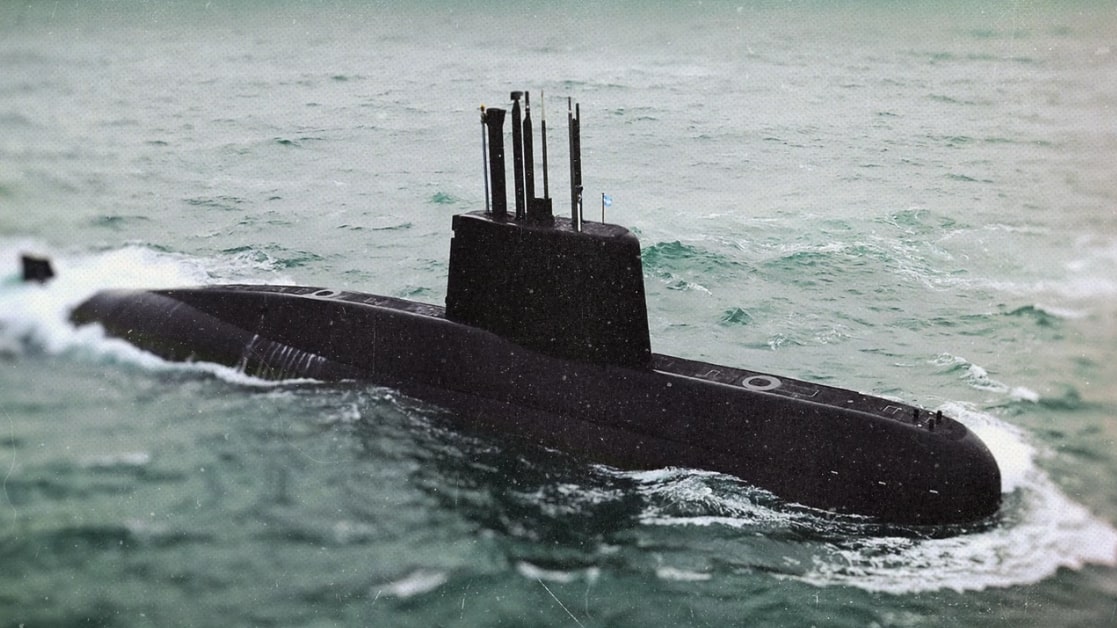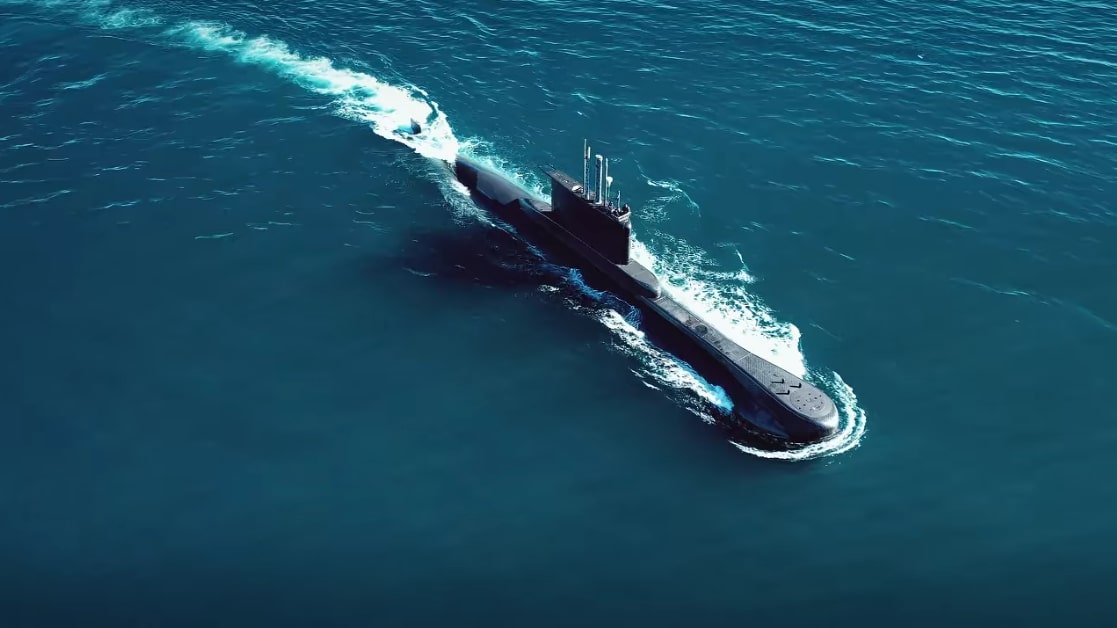As a documentary series living up to its title in every way conceivable, Netflix’s ‘ARA San Juan: The Submarine That Disappeared’ can honestly only be described as baffling and gripping. That’s because it incorporates not just archival footage but also exclusive interviews to really shine a light upon the various complex theories behind this Argentinean naval vessel’s disaster. We specify disaster because it’d actually burst and sunk on November 15, 2017, while on a routine training exercise, reportedly killing all 44 skilled crew members aboard within milliseconds.
ARA San Juan Possibly Suffered an Electrical Malfunction
It was on November 8, 2017, that Argentina Navy’s TR 1700-class diesel-electric submarine ARA San Juan left its Buenos Aires Province base as a part of a military exercise for the final time. The truth is it had a clear schedule of reaching Tierra del Fuego for some war games as well as briefly visiting Ushuaia for a public tour before returning all the way to the Mar del Plata base. However, little did anyone know that this torpedo would last make confirmed contact with land officials while 430 kilometers (270 miles) off the San Jorge Gulf at around 7:20 am on the 15th.

According to initial reports, the commanding officer aboard had sent a message the night prior, detailing how they were at the surface and facing rough seas with tides up to 3-6 meters. However, as time passed, it came to light that this message even reported water entry through the snorkel, leading to a short circuit turned small fire in the forward battery compartments. Crew members had apparently managed to control the hazard, yet they were still advised (never ordered) not to reconnect any wires and return to base from patrol as quickly as possible.
Though some protocols had already been established, which is why when ARA San Juan didn’t reach out again for over 24 hours, the Navy performed an extensive radio search in all frequencies. That’s when they realized there could be serious trouble since they didn’t receive a response of any kind, driving them to contact the submariners’ family while launching a search and rescue mission. This operation was set in motion with complete knowledge that the vessel had gone down again before continuing forward on aft batteries; plus, it carried oxygen for no more than seven days.
There was hence genuine national hope all around when proceedings began on November 17, 2017, only for it to start dwindling on the 23rd when there came reports of a possible explosion. The Navy actually said an event consistent with a singular, non-nuclear burst had been detected around the time their ship lost contact, but nothing more could be immediately corroborated. Therefore, more than 30 crafts with over 4,000 personnel from Argentina, Brazil, Chile, the UK, plus the US, among eight other nations, participated in an effort to locate San Juan, yet to no avail.

On November 26, officials did announce that they weren’t ready to give up “despite 11 days of searching” since there was still hope “[the crew] could be in an extreme survival situation.” Nevertheless, on November 30, they declared the rescue part to be over for good, meaning they believed all 44 lives had been lost and their focus was now solely on discovering debris. There were subsequent requests made by loved ones to continue the search, but the government just responded by offering a $5 million (98 million pesos) reward for any information on ARA San Juan’s location.
Though things did change by mid-2018 as state servants agreed to hire a private organization to help them uncover some answers, ultimately resulting in the involvement of Ocean Infinity. Their 60-day quest ended with the submarine being found in the South Atlantic at a depth of 907 meters (2,976 ft) on the very last day; on November 16, 2018, a year plus a day after its sinking. Since then, it has formally been indicated that this ship actually imploded at a depth of 907 meters while being 500 kilometers offshore following some complications related to the battery fire.
Is Anyone Responsible For ARA San Juan’s Sinking?
Despite the several accusations and speculations made over the years from all corners, the fact of the matter remains that no one has ever been found responsible for the sub’s sinking as of writing. These claims have included the idea that maybe this implosion was Submarine Captain Pedro Fernandez’s internal fault, the hypothesis of a British attack/explosion owing to their hostile history concerning the territory of Falkland Islands, possible mistakes made during the vessel’s mid-life update from 2008 to 2013, or the fault of higher-ups within the Navy itself. Moreover, family members have since asserted they believe the debris was found in late 2017 itself, yet the government covered it up for personal reasons.

There are even declarations of federal authorities spying on the victim’s loved ones in the hopes of learning their true demands as well as keeping them quite pacified, but it only backfired. Former President Mauricio Macri, AFI Director Gustavo Arribas, and AFI Deputy Director Silvia Majdalani were thus charged with espionage, just for them to be acquitted on the grounds their actions were seemingly to protect their leader’s life — though this verdict has been appealed.
Coming back to the responsibility aspect, it’s imperative to note that Submarine Force Commander Claudio Villamide, Training-Recruitment Commander Luis Enrique Lopez Mazzeo, Official Héctor Alonso, and Hugo Miguel Correa have since been charged with failure to keep the duties of a public servant, omission of official duties, as well as aggravated negligent misconduct. An investigation into the possible responsibility of Former President Mauricio Macri, Former Minister of Defense Oscar Aguad, and then-Navy Chief Marcelo Srus is also ongoing. In other words, this matter remains open to this day.
Read More: Where is Crew Member Celso Vallejos’ Sister Malvinas Vallejos Now?


You must be logged in to post a comment.